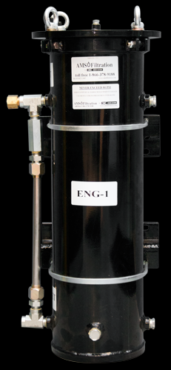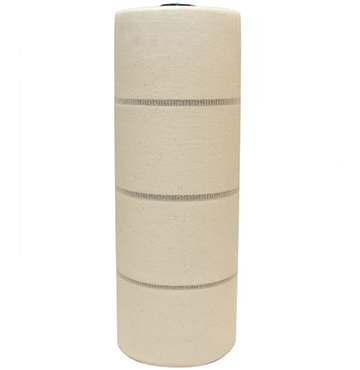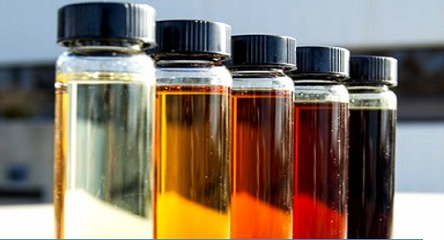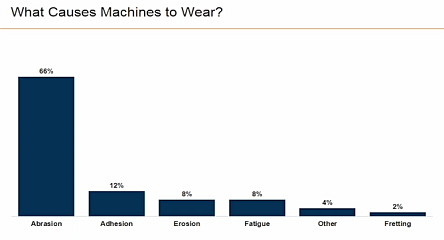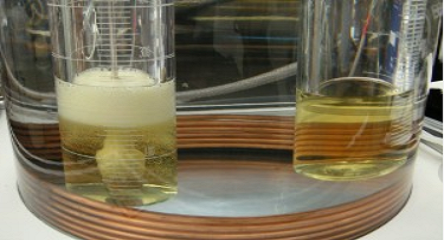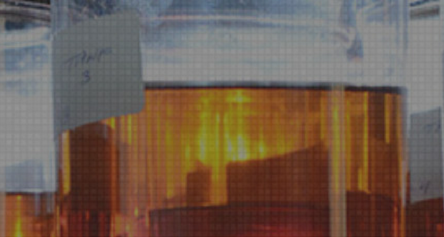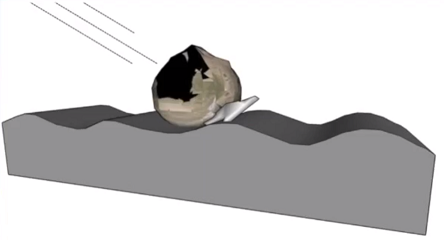About the Author
Jay Cooper joined Des-Case in May of 2011 and is an experienced Technical Product Manager. Jay has worked in several roles including supply chain optimization, lean manufacturing, continuous improvement, and new product development. Jay holds a Bachelor of Arts in Business from Muskingum College

